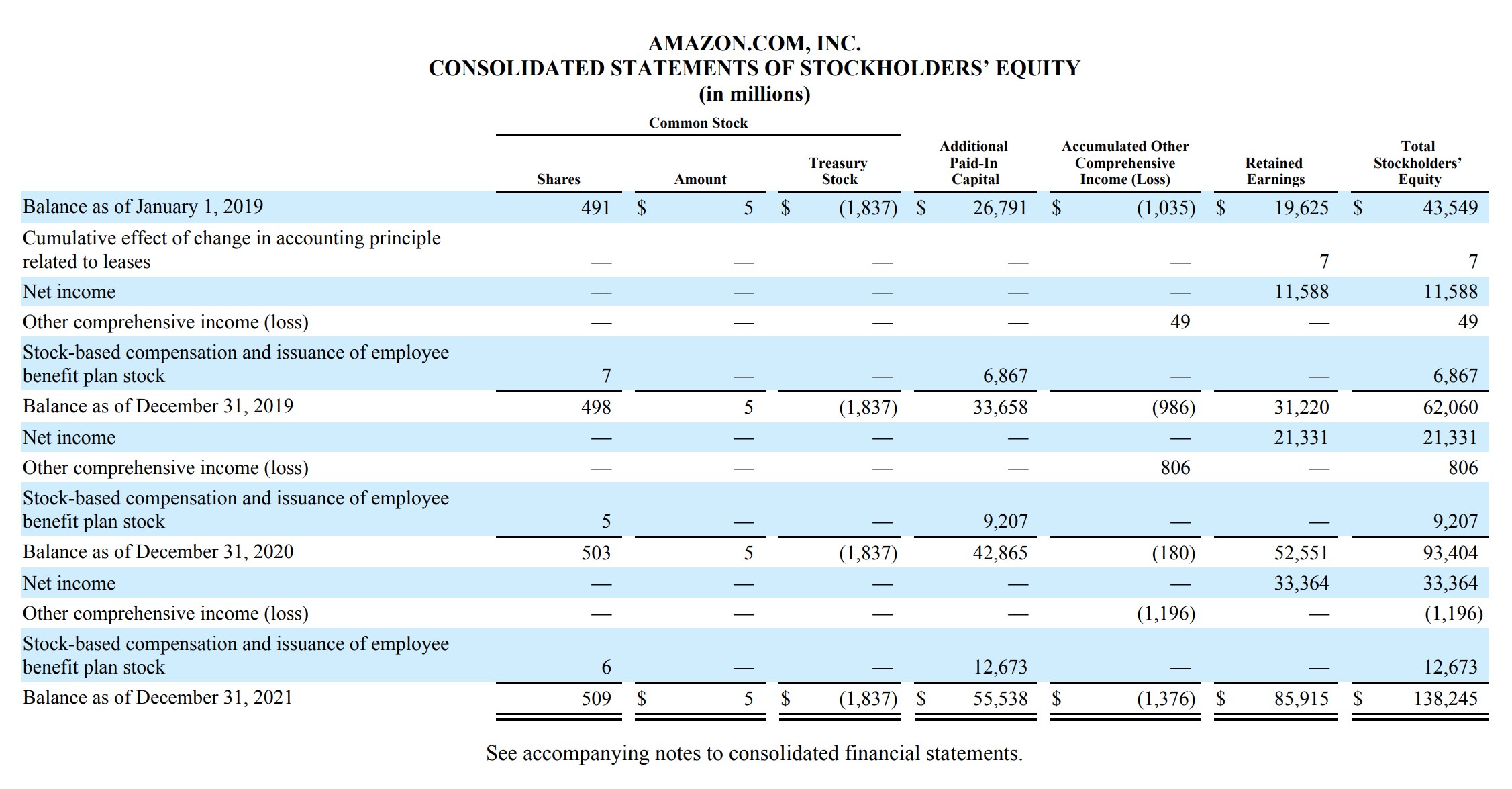The Cutting-edge Advantage: Shares Assessment for Today's Investors

In the current fast-paced financial landscape, investors are always seeking ways to gain an edge in the market. The key to revealing possible profits often lies in comprehensive equity assessment. Understanding how to evaluate stocks, industry trends, and company foundational elements can be the difference between a profitable investment strategy and one that fails. With the rise of focus in equity analysis, investors now have access to professionals who can handle the complexities of the stock market, providing perspectives that are key for making informed decisions.
Equity analysis specialists leverage their skills to help investors identify opportunities and mitigate risks. They analyze financial statements, assess market conditions, and analyze a company's competitive edge, all of which are important components in determining the true value of an equity investment. By collaborating with these professionals, investors can enhance their strategies and eventually position themselves for ongoing success in an always shifting marketplace.
Grasping Equity Analysis
Share evaluation is a key method for traders wanting to make educated calls about acquiring and offloading equities. It involves assessing a company's fiscal condition, industry standing, and prospects for future growth. By analyzing various indicators such as earnings, sales, and industry landscape, investors can gain knowledge into the equity's price and determine if it is an fit investment opportunity.
One of the essential elements of stock analysis is the use of financial ratios and measures. Analysts often count on ratios like price-to-earnings, book value ratio, and yield to evaluate companies within the same sector. These calculations not only help spot undervalued or inflated stocks but also allow shareholders to benchmark their holdings against industry standards. Grasping these measures gives investors a more precise understanding of a company's results relative to its peers.
Moreover, stock analysis is not solely about numbers; it also includes contextual elements. Analysts consider leadership quality, industry trends, and economic conditions that could influence a company's success. By merging both quantitative and descriptive assessments, traders can develop a comprehensive view of possible buys, ultimately improving their decision-making process and increasing the chances of achieving favorable outcomes.
Essential Metrics and Resources
When diving into equity analysis, individuals should focus on various key metrics that reveal a company's financial health and performance. One of the most important metrics is EPS (earnings per share), which reveals a company's profitability on a per-share basis. Higher EPS values reflect greater efficiency in generating profits, making it an essential figure for investors. Moreover, the price-to-earnings (P/E) ratio provides a comparison of a company’s current share price to its earnings, helping investors evaluate whether the stock is overvalued or marketed at too low a value relative to its earnings.
An important element of equity analysis is the application of tools that facilitate data collection and analysis. Financial modeling software, such as Excel or specialized platforms, allows analysts to create comprehensive models that model various scenarios. Such tools help in predicting future earnings, valuing assets, and assessing the impact of market trends on stock performance. Access to robust financial databases enables investors to gather historical data and conduct comparative analysis across industries, making informed decisions easier.
Ultimately, adding qualitative analysis into the mix is crucial. Measures that consider company management, industry position, and competitive landscape provide context to quantitative data. By evaluating leadership effectiveness and comprehending market dynamics, investors can assess potential risks and opportunities that numbers alone may not reveal. The fusion of these important statistics and tools forms a holistic approach to equity analysis, enabling investors to navigate today's competitive market landscape successfully.
Strategies for Achievement
To enhance the benefits of equity analysis, investors should first focus on understanding their investment aims and risk assessment. By explicitly defining what they aim to achieve—be it long-term appreciation, income generation, or capital protection—investors can adapt their equity analysis to conform with these goals. A thorough assessment of risk assessment helps in choosing stocks that correspond with the investor's comfort level with volatility and potential declines.
Another key strategy involves leveraging the knowledge of equity evaluation experts. These specialists bring a richness of insight to the process, helping investors make informed decisions based on in-depth market analysis and financial forecasting. Collaborating with specialists not only cuts time but also provides a wide-ranging view of the market environment, enabling investors to spot opportunities and avoid pitfalls that could arise from lack of data or misinterpretation of statistics.
Lastly, regular education and keeping updated with market changes are essential for achievement in equity investing. Investors should consistently review performance reports, attend webinars, and participate in forums related to equity analysis. This proactive approach ensures that they can adjust their strategies in response to market changes and form a deeper nuanced understanding of the factors influencing stock performance. By merging equity research report with specialist opinions, investors can significantly boost their judgment capabilities in the equity market.

